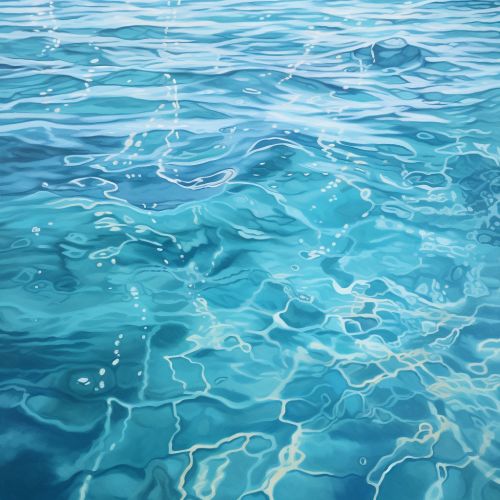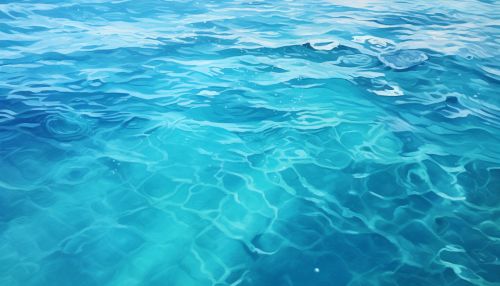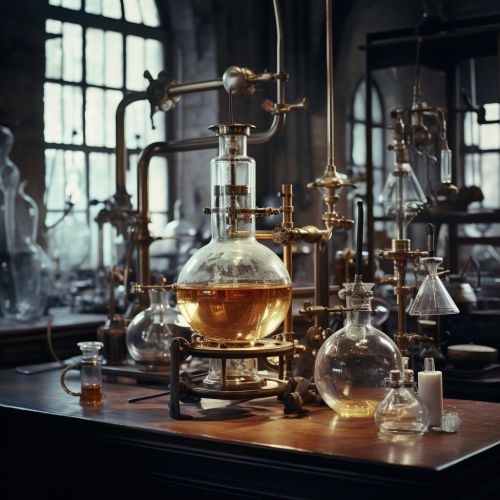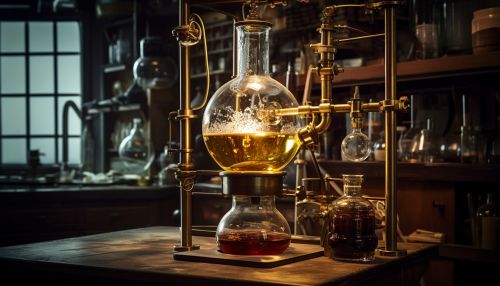Evaporation
Introduction
Evaporation is a fundamental process in the water cycle, which involves the transition of water from a liquid state to a gaseous state. This process occurs when the surface molecules of a liquid gain enough energy to transform into a gas.


Physical Principles
The physical principles of evaporation involve several key concepts from thermodynamics and kinetic theory.
Thermodynamics
From a thermodynamic perspective, evaporation is an endothermic process, meaning it requires heat to proceed. The heat energy required for evaporation is known as the heat of vaporization, and it is the amount of energy needed to change one gram of a substance from a liquid to a gas at constant temperature and pressure.


Kinetic Theory
The kinetic theory of gases provides a microscopic explanation for evaporation. According to this theory, the molecules in a liquid are in constant motion, and their speeds follow a statistical distribution known as the Maxwell-Boltzmann distribution. Some molecules move faster than others, and those with sufficient kinetic energy can overcome the intermolecular forces holding them in the liquid and escape into the gas phase.
Factors Influencing Evaporation
Several factors can influence the rate of evaporation, including temperature, humidity, wind speed, and the surface area of the liquid.
Temperature
The temperature of the liquid and its surroundings plays a crucial role in evaporation. As the temperature increases, the kinetic energy of the liquid molecules also increases, leading to a higher evaporation rate.
Humidity
The amount of water vapor in the air, or humidity, also affects evaporation. When the air is saturated with water vapor, the rate of evaporation decreases because the air cannot absorb more water.
Wind Speed
Wind speed can enhance evaporation by removing the air saturated with water vapor from the vicinity of the liquid, allowing more water molecules to escape into the atmosphere.
Surface Area
The larger the surface area of the liquid, the more molecules are exposed to the air, leading to a higher evaporation rate.
Evaporation in Nature and Society
Evaporation plays a significant role in many natural phenomena and human activities.
Natural Phenomena
In nature, evaporation contributes to the water cycle, creating clouds and precipitation. It also plays a role in the regulation of Earth's temperature through the process of evapotranspiration.
Human Activities
In human society, evaporation is used in a variety of applications, including distillation, drying, cooling, and power generation.


